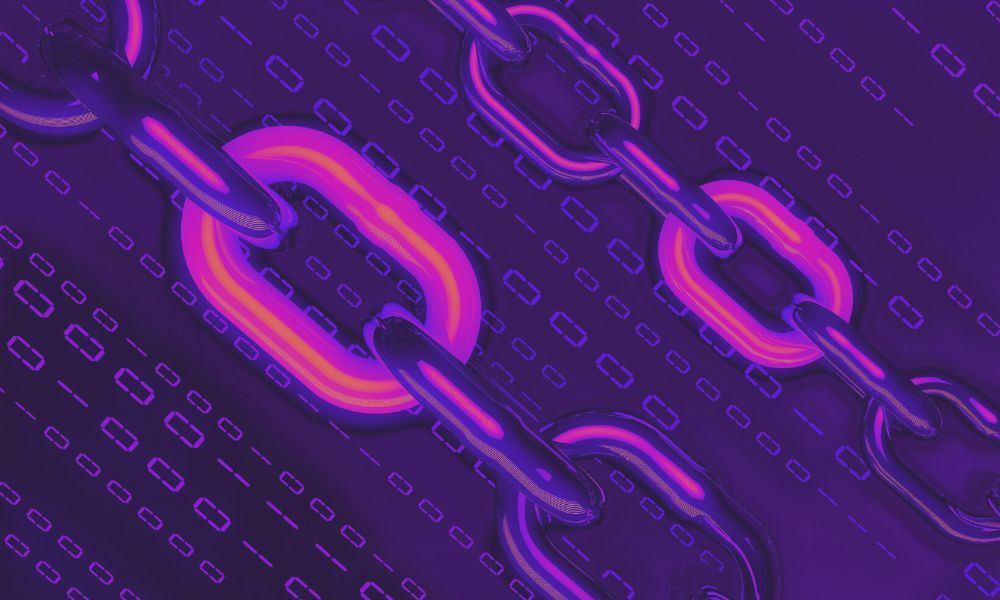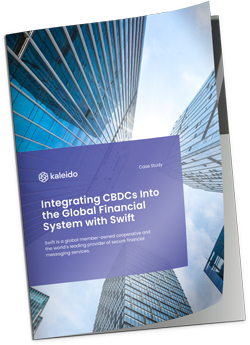

The rise of blockchain technology has opened up unprecedented opportunities for businesses, particularly in the realm of multi-chain applications. These applications promise seamless interoperability between different blockchain networks, enhancing scalability, user experience, and utility across various industries.
However, the path to multi-chain adoption is fraught with challenges that can hold back even the most seasoned developers and organizations.
From navigating the complexities of varying consensus mechanisms and trust models to grappling with data immutability and security concerns, businesses face obstacles when building multi-chain applications. These challenges not only affect the technical aspects of development but also raise questions about governance, data privacy, and commercial viability. This blog dives into three main hurdles, then offers a solution for businesses navigating the intricate landscape of multi-chain app development.
Developing and sustaining decentralized applications (DApps) that operate across multiple blockchains is more complex than those restricted to a single chain or typical multi-party network. To achieve interoperability and realize business value, we may need to engage with various blockchain networks, necessitating the alignment of states across these platforms. An operation on one blockchain can have implications for the states of all other networks the DApp is connected to.
Additionally, the task of overseeing smart contracts across diverse blockchains introduces extra complications. Developers encounter challenges with testing, debugging, and launching, as they have to consider varying network conditions, latency discrepancies, and possible inconsistencies among the linked blockchain networks.
In multi-chain DApps, security becomes even more critical due to the elevated risk of attacks. Interacting with multiple blockchains exposes these DApps to various vulnerabilities. Disparities in security protocols across networks can open the door to exploits that endanger the entire multi-chain ecosystem.
High-profile multi-chain DApps often serve as bridges containing large sums of money and have been victims of multiple security incidents. Prominent examples of such breaches include the Ronin Bridge, Wormhole, and Nomad hacks, each leading to financial losses in the hundreds of millions of dollars.
A seamless user experience is vital for the widespread adoption of multi-chain decentralized applications (DApps). No matter which blockchain the DApp operates on, users prioritize easy, dependable interactions. Essential elements that contribute to gaining user trust and promoting engagement include rapid transaction execution, system reliability, and consistent high performance.
If a DApp fails to deliver on these fronts—experiencing transaction delays, system downtimes, or issues like double-spending—the consequences can be detrimental. User trust could be eroded and adoption rates might suffer, potentially undermining the DApp's long-term viability. In a highly competitive space, meeting these user expectations is not just a good-to-have feature, but rather a necessity for the DApp's success.
Various tools and frameworks exist to facilitate the development of multi-chain decentralized applications (dApps). A prominent one among these is Hyperledger FireFly, which recently achieved graduated status from the Hyperledger Foundation, an arm of the Linux Foundation specializing in open-source blockchain solutions.
At the heart of Hyperledger FireFly is the concept of the FireFly Supernode. This Supernode has the capability to interface with any blockchain environment, whether public or private. Once connected, it can execute custom smart contracts, engage with tokens, and oversee transactions. Essentially, Hyperledger FireFly acts as a data orchestration layer or 'brain.' A single FireFly Supernode can establish links with multiple blockchains, forming a multi-chain network by managing transactions, data, and messaging between them. Hyperledger FireFly is best at coordinating "off-chain" data with "on-chain" events and data.
The underlying architecture that enables this functionality is an event-driven model. Through this model, Hyperledger FireFly ensures reliable data transfer between your DApp and connected chains, maintaining proper sequencing, retries, and idempotency for both on-chain and off-chain data.

Hyperledger FireFly can serve as a reliable bridge linking various types of blockchain networks, be it between two private blockchains, two public blockchains, or one of each. To get started, you just have to configure Hyperledger FireFly with the details of the chains you wish to connect, setting up a "namespace" that includes the relevant RPC URL and Chain ID for each.
Next, you specify the assets or data you wish to move between chains. Utilize Hyperledger FireFly's integrated bridging REST API to kick off the transfer. It actively monitors event triggers on both blockchains involved, overseeing the entire transfer to ensure accurate token minting and burning. A schematic representation illustrating this mechanism is provided below.

Hyperledger FireFly boasts a wide range of functionalities, such as an extensive web3 development framework, modular security, token management APIs, and smart contract administration, among others. For a hands-on experience, you can use its open-source version.
Kaleido provides a professionally managed version of Hyperledger FireFly. This enhanced edition includes extra APIs, fortified security, and bespoke features designed for enterprise needs, and you can test it at no cost. This offers an excellent opportunity to fully explore Hyperledger FireFly's capabilities and understand how it can expedite your initiatives.
To learn more about how Kaleido helps solve the complex challenges of blockchain interoperability, schedule a talk with one of our solution architects.
Hyperledger FireFly has the ability to connect to any existing blockchain network and support flows to, from, and between those chains.
Try It FreeHyperledger FireFly has the ability to connect to any existing blockchain network and support flows to, from, and between those chains.
Try It Free


Hyperledger FireFly has the ability to connect to any existing blockchain network and support flows to, from, and between those chains.
Try It FreeHyperledger FireFly has the ability to connect to any existing blockchain network and support flows to, from, and between those chains.
Try It Free
Your guide to everything from asset tokenization to zero knowledge proofs
Download Now
Learn how Swift, the world’s leading provider of secure financial messaging services, utilizes Kaleido in its CBDC Sandbox project.
Download Now

